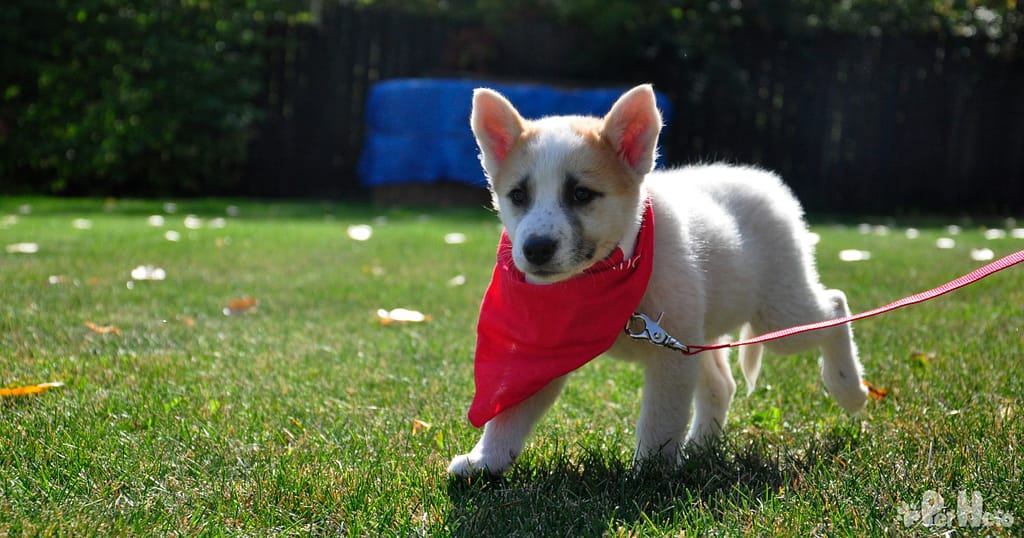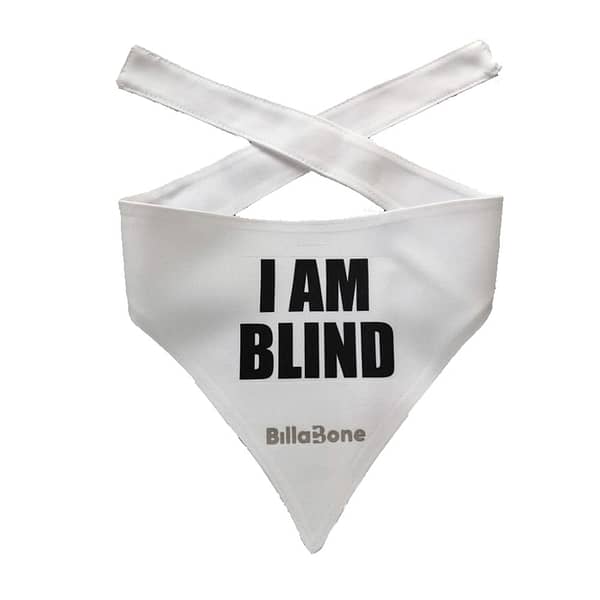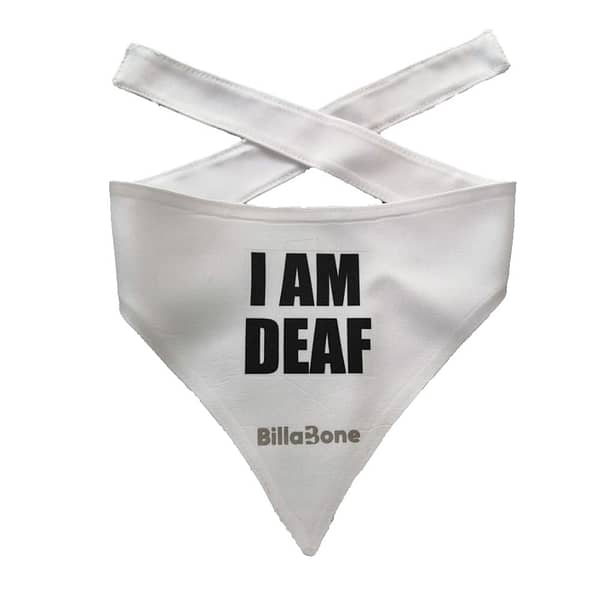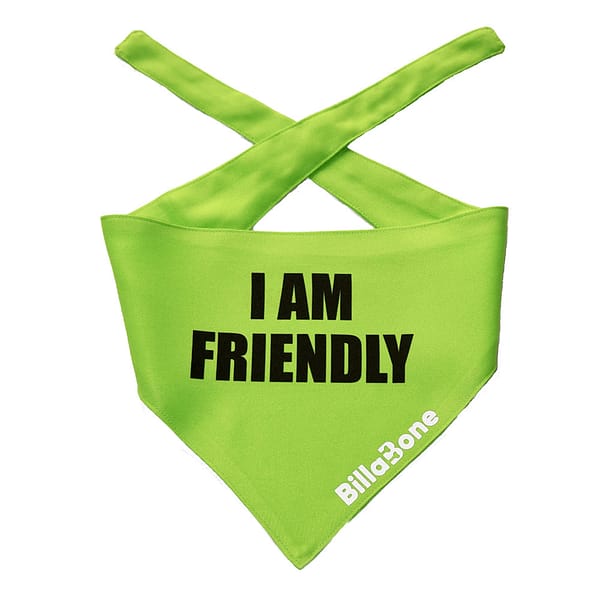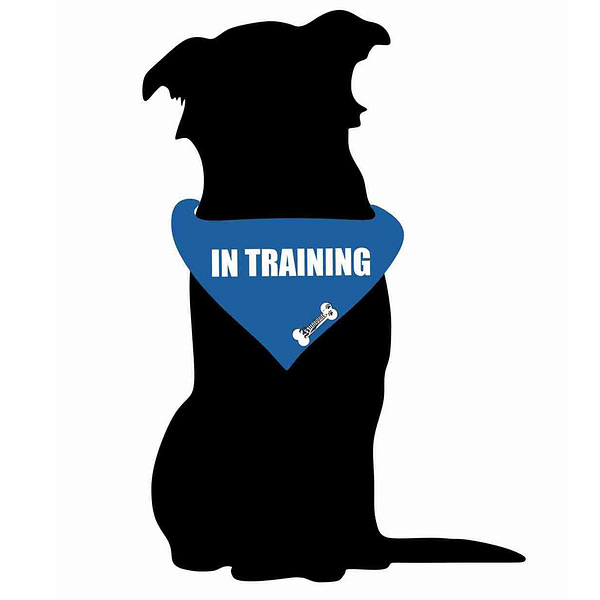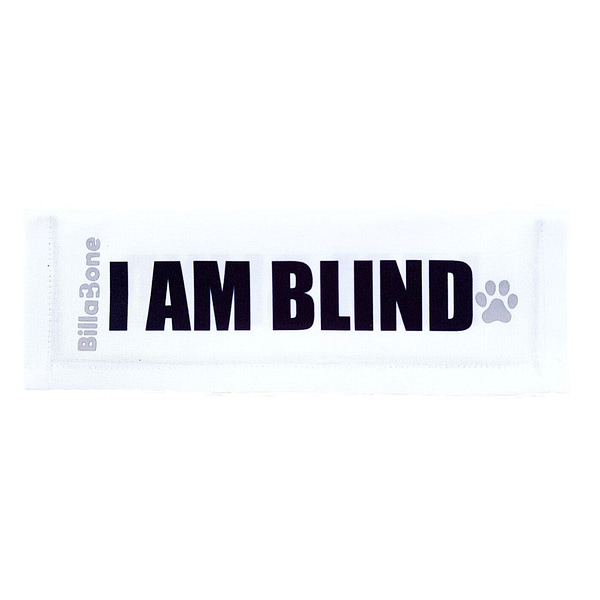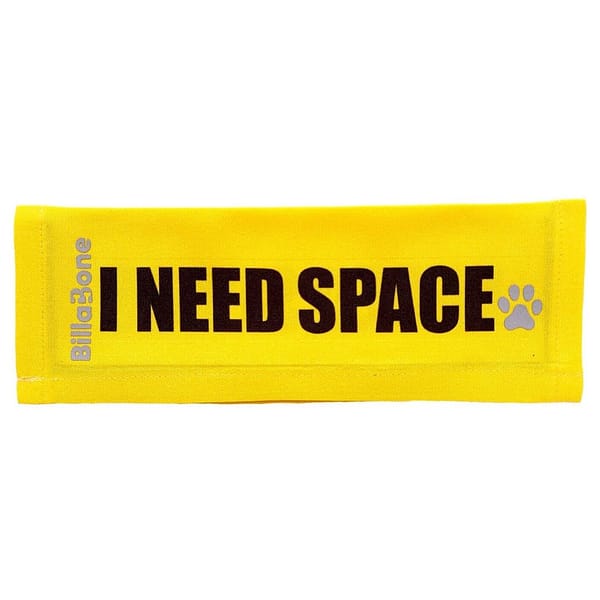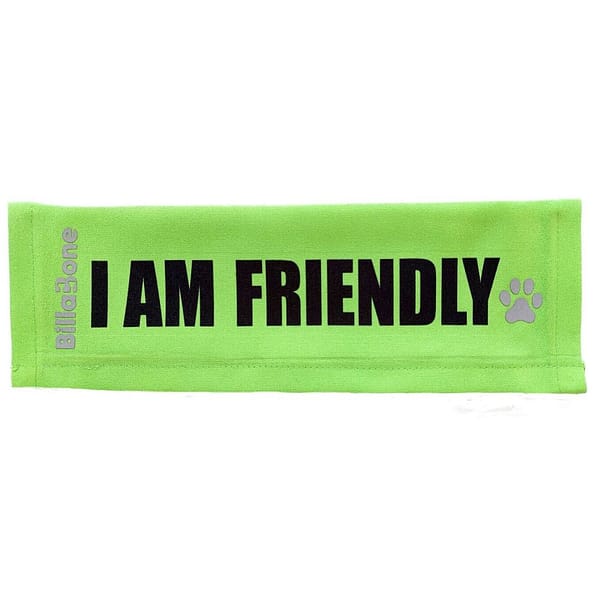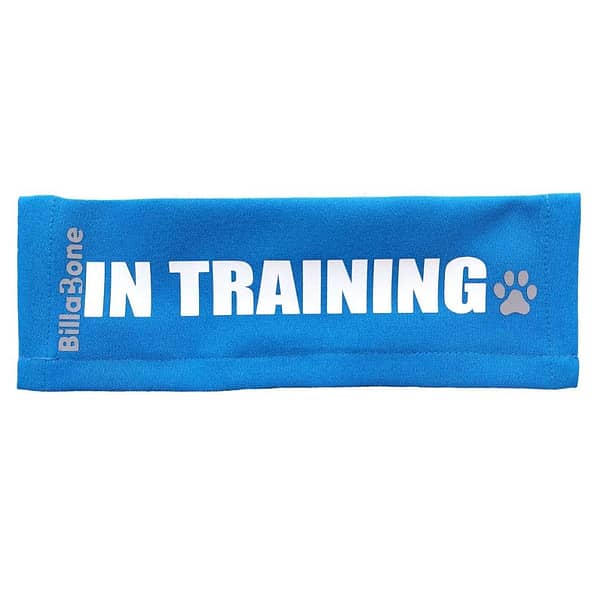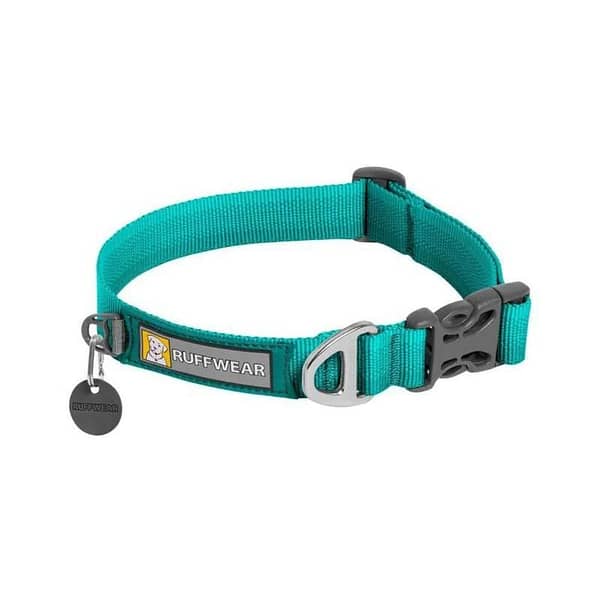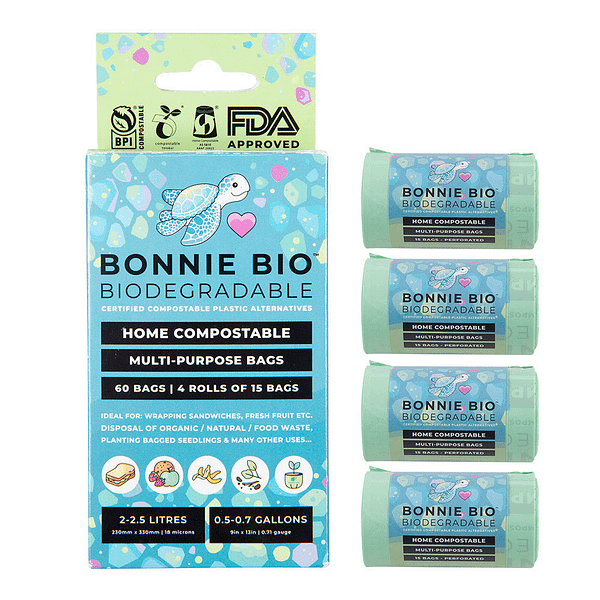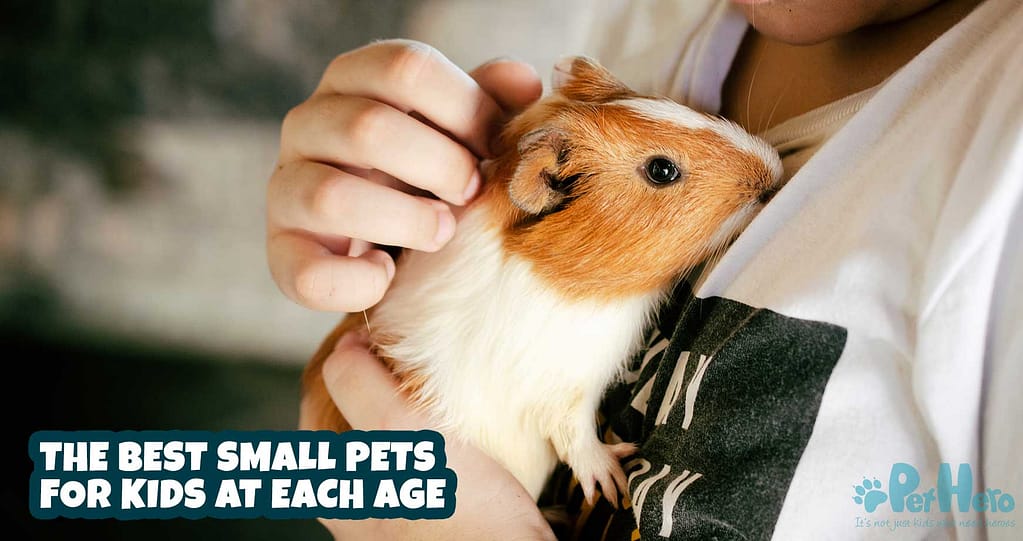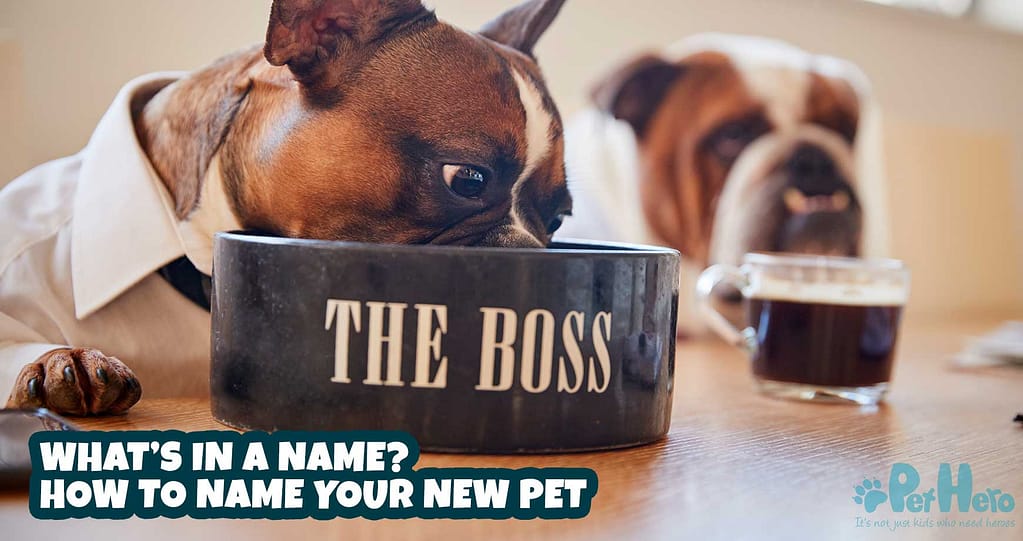By now, most dog owners would have had (or anticipated) this kind of experience: you’re out walking your dog and minding your own business, and another dog owner – bless them – spots the two of you and wants to come over and socialise their dog with yours because ‘their dog is friendly’.
But what if yours is not? What if your dog needs space, is in training, or simply doesn’t like other dogs? In situations like this, it’s difficult to ask those enthusiastic owners of friendly dogs to stay away without feeling like you’re violating a code of politeness or that you’ll offend them. It’s simply not nice to make other people (and especially their dogs!) feel unwelcome.
BUT as a dog owner, you need to advocate for your dog and not put them in an unwanted situation just because someone is invading your space with their friendliness. Yes, it’s impawtant to be kind, but it’s more important to know your dog and to put their wellbeing first.
Why on-leash dog greetings are a bad idea
Like humans, dogs have a fight-or-flight reaction in unfamiliar situations. Meeting a new or unknown dog for the first time can be a scary experience, especially if your dog has had negative encounters with dominant or aggressive dogs in the past, and has become nervous or aggressive as a result.
Being on a leash means your dog’s ‘flight’ response is not available to them (they are trapped), which only leaves them with a ‘fight’ response in a tense situation. If your dog is forced into meeting a new dog, their guard is already up, so any cues or behaviours on the parts of all the dogs and humans in this situation can set the dogs off.
Yes, it does happen that dogs can greet on the leash, but these are usually well-socialised dogs who are given a few seconds to acknowledge and sniff each other, and then they move on. There’s no time to posture and challenge each other – usually because the owners are conscious of their dogs’ boundaries and level of socialisation, and know to move on as quickly as possible. Not all dog owners can say this, though.
Some dog owners have the outdated belief that all dogs love playing with other dogs and even if there’s a scuffle, we must just let them ‘work it out’. This has been proved to be a false belief with very destructive and traumatising consequences.
So what do you do?
Why do dogs wear bandanas?
The solution to avoiding conflicts and confrontations with well-meaning but misinformed dog owners is non-verbal communication. It may have taken a little while for this colour-coded system to be adopted, but it is definitely gaining traction among dog owners. The best way to let other dog owners know whether your dog is friendly, aggressive, nervous, unapproachable or has a physical disability like blindness or deafness, is through colour.
Most people understand red to mean WARNING, orange to mean ‘proceed with caution’ and green to mean GO or YES. Applying this logic, dog owners can tie a bandana around their dog’s neck or attach a lead cover to their dog’s leash, indicating their dog’s level of approachability. With a little bit of awareness and conscientiousness, other dog owners can determine for themselves whether they should approach or not.
What are the colour codes for dogs?
There are several warning colours for bandanas, leashes, collars and leash covers. There may be some variation to their meanings, but the overall message is the same: this dog owner is trying to communicate something about their dog without having to go through the full explanation in public; maybe I should pay attention.
The colour codes for dog leashes, collars and bandanas include:
| RED | Aggressive dog; unpredictable towards people and other dogs; caution. |
| ORANGE | Not good with other dogs, not friendly. Can also indicate that the dog is reactive or in reactivity training, and should not be approached. |
| YELLOW | Nervous dog; needs space. Sometimes yellow bandanas are also used indicate dogs that are up for adoption, but this depends on the context the dog is in. |
| GREEN | Friendly dog. BUT, this doesn’t mean other dog owners should approach without first asking for permission. |
| BLUE | Indicates a service dog. Can also indicate a dog that is in training, or in training to become a service dog. |
| WHITE | Indicates a physical disability – the dog is deaf or blind. |
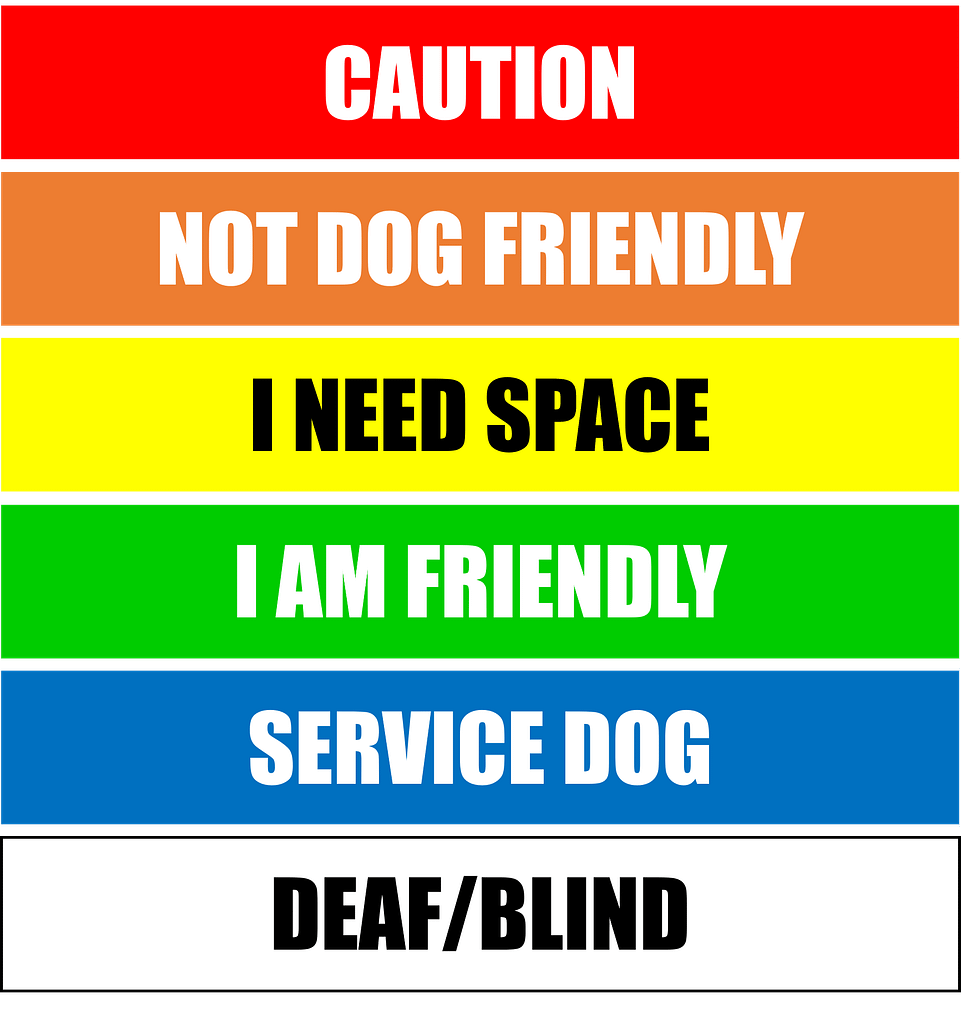
You might ask ‘What does it mean if a dog is wearing a red collar?’ Well, sometimes it just means that the dog owner likes red and a red collar suits the dog’s pawsonality and coat. The colour coding for dogs is not yet universally accepted, but it helps to be aware that dog owners might be trying to communicate something important. The rule of thumb is to always ask if you can approach another dog and to respect the dog owner’s answer, especially if it is an assertive no.
Etiquette for dogs in public
It is vitally important that dogs are under the control of their owners when out in public. There are few (if any) municipal bylaws that allow dogs in public if they are off a leash – this is to ensure the safety of the dog and owner, to prevent the dog from causing injury or injuring others (such as biting or causing traffic accidents), and to prevent the destruction of property and wildlife.
It is crucial that all pet heroes understand their responsibility as dog owners in public and to be courteous, respectful and aware of the needs of their dogs as well as other members of the public – and their dogs.
To give your dog the opportunity to be comfortable when out in public with you, it will be boneficial to consistently work on your loose-leash training as well as commit to socialisation classes or playdates with other dogs in a controlled environment. This will help your dog to relax around other canine pals – enough to ensure friendly, brief greetings in public, even with unfamiliar dogs.
Did you know about the warning colour coding for dogs? Learn more about present day pet ownership, improve your relationship with your dog, and never miss out on any Pet Hero content, promos, sales and announcements. Sign up to our mailing list and stay in the loop!

